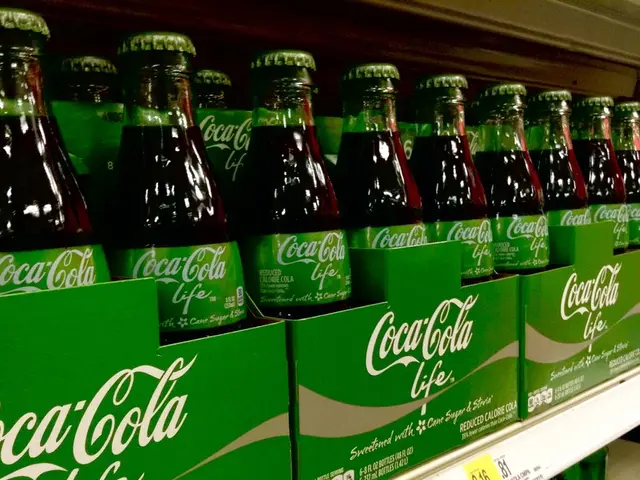Germany Turns to Power-to-X to Tackle Seasonal Renewable Energy Shortfalls
Germany, a country heavily reliant on renewable energy, is exploring innovative solutions to tackle seasonal shortfalls in wind and solar output. Power-to-X technologies, which convert surplus electricity into storable products like hydrogen, are seen as a promising answer.
Power-to-X offers a way to manage seasonal variations in renewable energy, a challenge that current storage technologies, with durations ranging from hours to weeks, struggle to address. Hydrogen, the most prominent product of Power-to-X, can be used in fuel cells, gas turbines, or engines to generate electricity, or as a feedstock in synthetic natural gas and other chemicals.
The transportation sector is at the forefront of commercializing Power-to-X. Companies like Honda and Toyota are already selling hydrogen-powered vehicles. Meanwhile, researchers are exploring other applications, such as using wind power to produce synthetic fertilizer in the US, integrating renewables more effectively into the power grid.
While wind and solar power can fluctuate hourly or daily, grid operators can manage these variations using existing flexibility measures. However, seasonal shortfalls pose a more significant challenge, making Power-to-X a crucial tool for balancing the grid and reducing carbon emissions.
Germany's Power-to-X initiative is gaining traction, with 18 demonstration sites for Power-to-Gas projects underway. These projects aim to convert surplus electricity into hydrogen and other useful products, addressing seasonal shortfalls in renewable energy and paving the way for a more sustainable future.
Read also:
- Transforming Digital Inventories in the Food Industry: A Comprehensive Guide for Food Businesses
- Munich Airport Unveils Its New Electrical Vehicle Charging Parksite
- 74% of Drought-Prone Regions at Risk by 2100: Urgent Climate Action Needed
- Meteorologist Predicts Major Hurricane for Northeast U.S. by 2030







